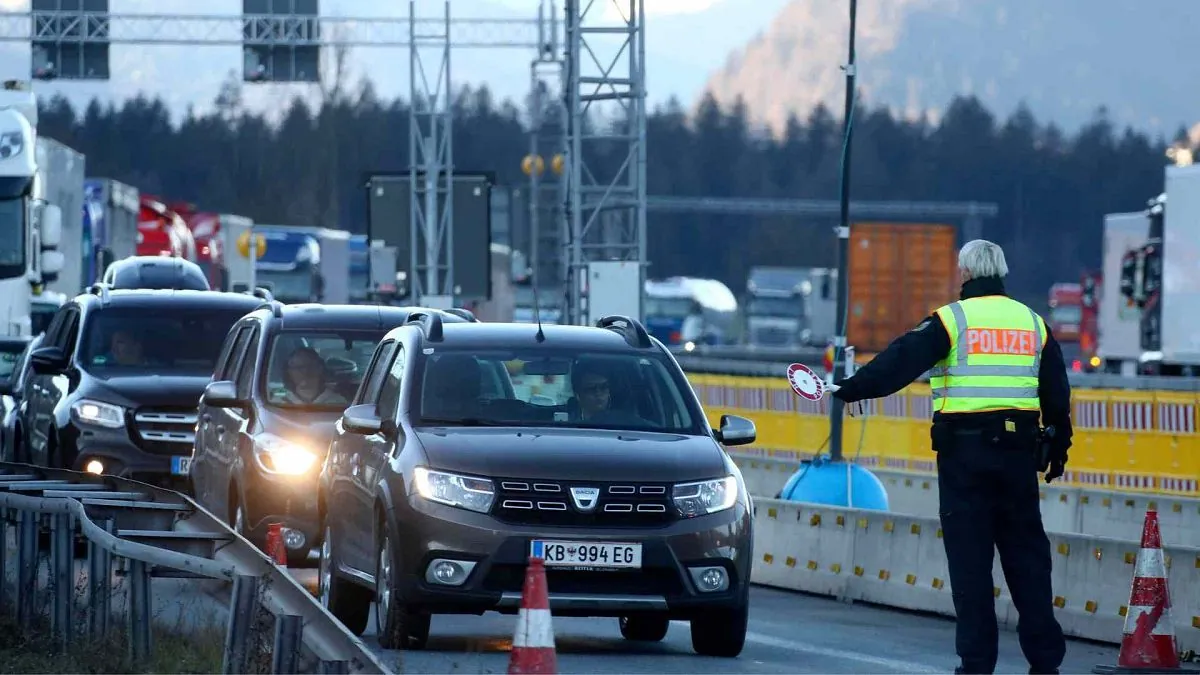Germany Tightens Border Controls, Debunking Closure Claims
Germany introduces stricter border measures for six months, refuting false claims of closure. The move aims to address irregular migration and security concerns, not seal off the country.

In response to recent security concerns and migration issues, Germany has implemented enhanced border control measures, contrary to circulating misinformation about a complete border closure. The Federal Ministry of the Interior, established in 1949, announced on September 9, 2024, a temporary reintroduction of border controls at nine land borders, effective for six months starting September 16, 2024.
These measures include increased stationary and mobile border policing, with the possibility of entry refusal. The decision affects Germany's borders with Belgium, Denmark, France, Luxembourg, and the Netherlands, which are typically part of the Schengen Area. This zone, established by the Schengen Agreement signed on June 14, 1985, normally allows free movement across 27 European countries.
Nancy Faeser, who became Germany's first female Interior Minister in 2021, stated that the heightened security aims to address irregular migration, counter Islamist extremism, and combat cross-border crime. This action follows a knife attack in Solingen on August 23, 2024, for which the Islamic State group, founded in 1999, claimed responsibility.
It's crucial to note that Germany is not closing its borders, as falsely claimed in social media posts. The country, which shares borders with nine nations totaling about 3,621 kilometers, is merely intensifying its control measures. This approach is not unprecedented, as Germany previously implemented temporary border controls during the 2015 migrant crisis.
Germany's asylum system, based on Article 16a of its Basic Law, has processed over 2 million asylum applications between 2015 and 2023. The current measures reflect a balance between maintaining security and upholding the principles of free movement within the Schengen Area, whose external borders span approximately 50,000 kilometers.

The Schengen Information System (SIS) plays a vital role in border control cooperation among member states. Germany, which joined the Schengen Area on March 26, 1995, continues to participate in this system while implementing its temporary measures.
"The temporary reintroduction of border control aims to curb irregular migration and guard against Islamist extremism and cross-border crime."
This situation underscores the ongoing challenges in managing migration and security within the European Union. As Germany navigates these issues, it's essential to rely on official sources for accurate information about border policies and to critically evaluate claims circulating on social media platforms.


































